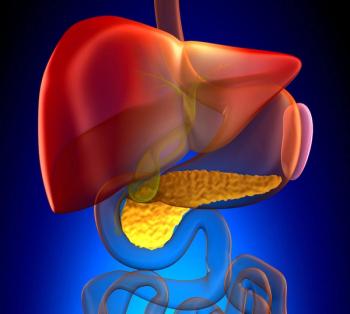
SBRT demonstrated positive 3-year outcomes as a treatment in patients with early-stage HCC based on results from the phase 2 STRSPH trial.

Your AI-Trained Oncology Knowledge Connection!


SBRT demonstrated positive 3-year outcomes as a treatment in patients with early-stage HCC based on results from the phase 2 STRSPH trial.

Multidisciplinary care can help ensure that treatment planning does not deviate from established guidelines for inflammatory breast cancer management.

“Food is powerful, and [patients] need fuel,” said Claudia Aguilar Clancy, RN, FNP-C, about ensuring patients receive the nutrition they require during cancer treatment.
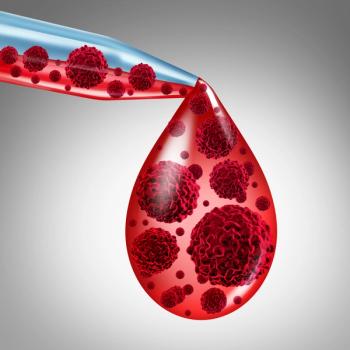
Univariate and multivariate analyses showed no significant association between statin use and grade 3 or higher toxicities in patients with CLL or SLL.


Results from the phase 3 HD21 trial showed that brentuximab vedotin plus chemotherapy was superior to alternative treatments in Hodgkin lymphoma.

Final analysis data from the phase 3 ALCYONE trial support using frontline daratumumab-containing regimens for those with transplant-ineligible NDMM.

Based on FDA feedback, the developers plan to discontinue the phase 3 EQUATOR study, which evaluated itolizumab in acute graft-versus-host disease.

Findings from the phase 1/2 LUPER trial support further assessment of lurbinectedin plus pembrolizumab in relapsed small cell lung cancer.
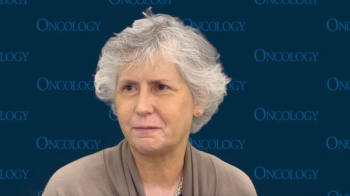
Suzanne Mahon, DNS, RN, AOCN, AGN-BC, FAAN, stated that it is important to consider a patient’s family medical history when considering genetic counseling.
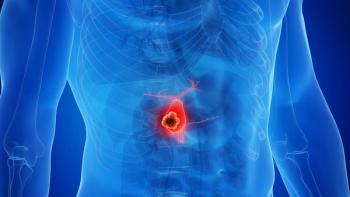
Chemoradiotherapy resulted in lower incidence of local progression, prompting an evaluation of resectability in patients with advanced gallbladder cancers.


A study aimed to determine the variables that correlated with extravasation rates in patients receiving radiation injection therapy.
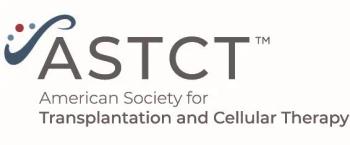
In a multicenter retrospective study authors examined the impact of prior inotuzumab ozogamicin exposure on the outcomes of brexu-cel therapy in adults with R/R B-cell ALL.

Findings from a multicenter cohort study support screening adherence as a key lung cancer screening quality metric.

Researchers conducted a comprehensive review on how intrinsic T cell characteristics influence CAR-T cell therapy outcomes in hematological malignancies.

The clearance precedes the initiation of a phase 1/2a trial that will evaluate the efficacy and safety of VS-7375 in advanced solid tumors with a KRAS-G12D mutation.

Data from the phase 3 AK105-304 study support the approval of penpulimab in this nasopharyngeal carcinoma population.

Polypharmacy, medication list errors, and drug-drug interactions were all observed in patients with cancer receiving oral anticancer drugs.

The NETRF lends funding to help discover new and emerging treatment options in neuroendocrine tumors, according to Anna Greene, PhD.

A systematic review shows that well-designed randomized clinical trials are necessary to optimize treatment strategies with tislelizumab in lung cancer.

![“These results and the lack of systemic toxicity observed with [TTFields] provide patients with a promising new treatment option,” according to Joachim Aerts, MD, an investigator of the phase 3 LUNAR trial (NCT02973789).](https://cdn.sanity.io/images/0vv8moc6/cancernetwork/7d7dfad7849391f4be3ebd2cf39c24f5369cfcd1-1200x1176.jpg?w=350&fit=crop&auto=format)
Data from the phase 3 LUNAR trial support the Conformité Européenne Mark for tumor treating fields in metastatic non–small cell lung cancer.

Modifying injection methods when administering radioactive therapies may significantly reduce extravasation rates.

The phase 3 HARMONi-6 trial found invonescimab plus chemotherapy improved PFS vs tislelizumab plus chemotherapy in squamous NSCLC.
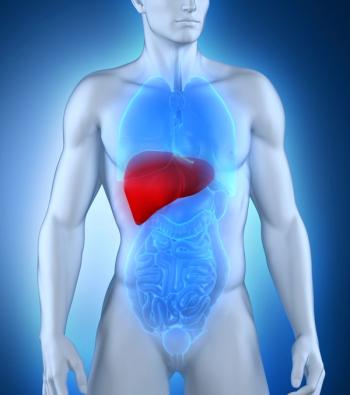
MEV01 trial results show that the test achieved an 86% early-stage sensitivity and 88% specificity in surveillance of HCC among patients with cirrhosis.

Anna Greene, PhD, spoke about how this under-studied disease needs increased funding and more awareness.

Extravasation with beta emitters may elicit more drastic adverse effects due to their higher radiation dose.

Anna Greene, PhD, highlights the NETRF’s role as the largest funder of NET research, their current research funding opportunities, and its commitment to patient support.
